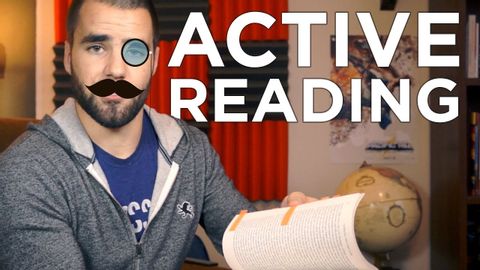
字幕與單字
5種主動閱讀課本作業的策略--高校資訊極客。 (5 Active Reading Strategies for Textbook Assignments - College Info Geek)
00
Yang Allen 發佈於 2021 年 01 月 14 日收藏
影片單字
tip
US /tɪp/
・
UK /tɪp/
- v.t.傾倒(水等);給小費;洩露;暗示;傾斜;使傾斜;使翻倒;使翻覆;輕擊;輕觸
- n.尖端;頂點;小費;提示;線索;垃圾堆;垃圾場;垃圾集中處;凌亂的地方;提示;訣竅
A2 初級初級英檢
更多 使用能量
解鎖所有單字
解鎖發音、解釋及篩選功能
